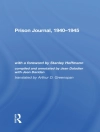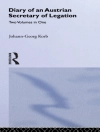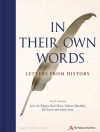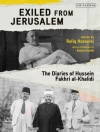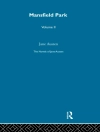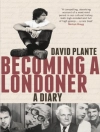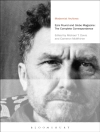A vital exploration of the craft of writing, 'A Writer’s Diary’ offers an intimate glimpse into Virginia Woolf’s creative process and her reflections on the challenges of authorship. The diary entries span from 1918 to 1941 and reveal Woolf’s distinct literary style—characterized by stream-of-consciousness techniques, profound psychological insight, and lyrical prose. Woolf delves into the intricacies of inspiration, the technical nuances of writing, and the broader cultural milieu of her time, making this collection not just a personal account but also a critical commentary on the role of a writer in society. Virginia Woolf, a pivotal figure of the modernist literary movement, employed her own experiences as a woman, an artist, and a thinker to inform her writing. Her struggles with mental health, her feminist insights, and her relation to the Bloomsbury Group all shaped her worldview and literary output. This collective legacy laid the groundwork for her candid explorations in 'A Writer’s Diary, ’ reflecting both her personal battles and her ambitions as a writer. Readers seeking a deeper understanding of Woolf’s art and her perspective on literary creation will find 'A Writer’s Diary’ an indispensable resource. It not only illuminates her own journey but also inspires aspiring writers by revealing the complexities and rewards of the writing life. Woolf’s candid reflections resonate with both writers and readers, making this work a timeless companion in the exploration of literature.
O autorze
Virginia Woolf, born Adeline Virginia Stephen on January 25, 1882, in London, was an iconic figure of modernist literature. Woolf’s work is characterized by its experimental narrative techniques, profound psychological depth, and exploration of the complexities of human consciousness. Her literary career was marked by the publication of numerous novels, essays, and diaries that have since garnered critical acclaim and scholarly attention. A prominent member of the Bloomsbury Group, Woolf’s intellectual milieu included some of the most prominent artists and thinkers of her time. Woolf’s 'A Writer’s Diary, ’ edited by her husband Leonard Woolf after her death, offers a remarkable window into her literary genius and creative process. The diary entries, collected from her personal writings, span from 1918 to 1941 and illuminate the meticulous craftsmanship behind her novels, the struggles with her mental health, and her insightful reflections on the art of writing. In works such as 'Mrs. Dalloway’ (1925), 'To the Lighthouse’ (1927), and 'Orlando’ (1928), Woolf eschewed traditional narrative structures in favor of stream of consciousness and interior monologue, thus broadening the scope of the novel form. Her essay 'A Room of One’s Own’ (1929) remains a seminal feminist text, arguing for intellectual freedom and financial independence for women. Woolf’s legacy continues to influence contemporary writers and thinkers. Tragically, Virginia Woolf’s life came to an end by suicide on March 28, 1941, at the age of 59, near the River Ouse in Sussex.


